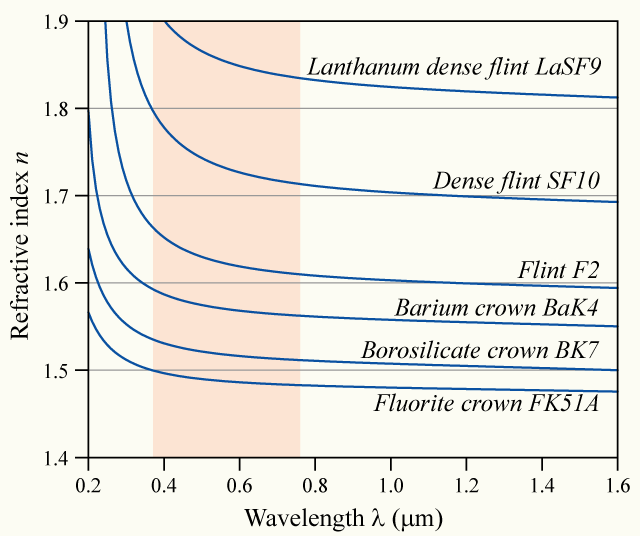Mirrors are able to reflect light but are not perfect and after a number of reflections, light loses intensity.
However I wonder, during the reflection by a different type of mirror, could the light photons lose some energy and thus be red shifted instead of just losing intensity?
I am not talking about light becoming more red, as a simple color filter on top of a mirror could do, but rather e.g. blue becoming green and green becomes red, etc.
Does such a mirror exist?
Also I am not looking for a digital system with a camera and screen. I am looking for physical processes that would shift light frequency.
It would seem there is no natural pitch shifter for acoustics too (swallowing helium gas is not pitch shifting an existing sound).
Addendum: I am looking for a static device, not a moving mirror.
Very simplistic simulation of how you would look like in such a mirror, assuming you are a brunette wearing a red top.
Left picture is the original. Middle is shifted: blue becomes green, green becomes red, red is invisible (black). Right: one bigger shift, blue is now red and the rest is gone to infrared.
This is just an illustration (or even dramatization, given the amount of shift), don't take it too literally in terms of redshifts I am interested in. Also this assumes there is no UV or higher energy photons in the original scene that would become visible after being shifted.


Best Answer
Yes, this is possible using nonlinear optics.
This kind of frequency shift can be done using acousto-optic modulators and electro-optic modulators, and it is normally done in a transmission geometry. The basic idea is that you have a block of material whose refractive index depends on the acoustic pressure or on the local electric field, and then you make that pressure (resp. electric field) oscillate by driving it with an acoustic or radio wave. This induces an oscillation in the refractive index of the material, which then induces a frequency shift in the light that's transmitted.
If you want to work in a reflection geometry, then it's probably possible to re-work the EOM principle of operation so that the frequency shift happens to a reflected component. The simplest idea there would be to set up the driving field to create a grating in the direction of propagation, so that the incoming light suffers a Bragg reflection from it $-$ and then you adjust your driver so that this Bragg grating propagates over time. In essence, you create an effective "moving mirror" without any matter getting transported.
(... or, of course, you can just use a transmission modulator and put a mirror behind it.)
Now, in the real world, this won't impart a huge frequency shift. With realistic devices, the largest shift you can get from an EOM is a few GHz (whereas, for comparison, visible light is in the hundreds of THz). But the principle is there, and there is no physical law that forbids this from happening at higher frequency shifts. (Though then again, if you push too hard in this direction, then it will just start looking like a difference-frequency-generation configuration, and those are also viable candidates for the functionality you're asking about.)
Oh, and also $-$ note that these principles are equally applicable to acoustic waves, and it should also be possible to build equivalent devices there. (Just saying.)